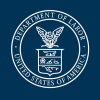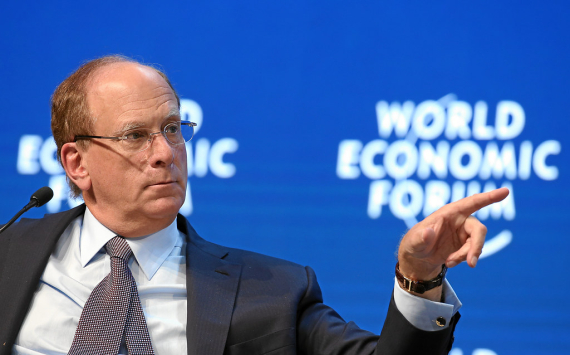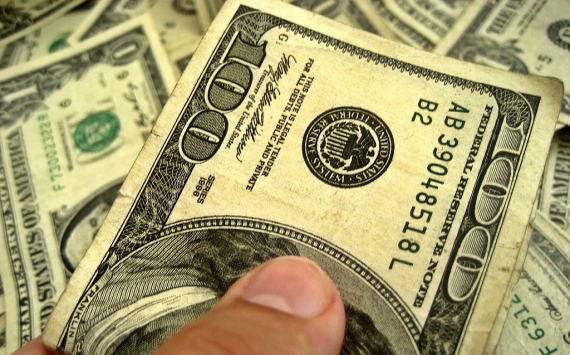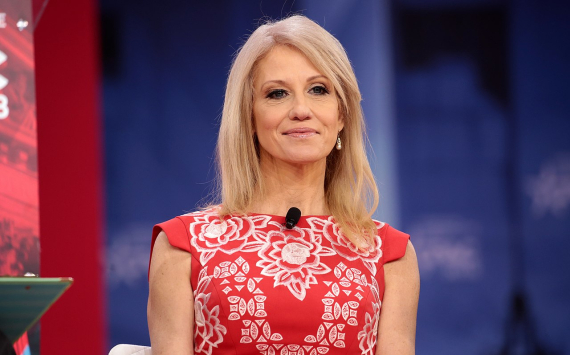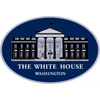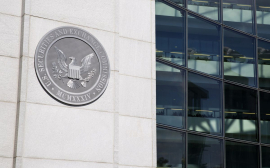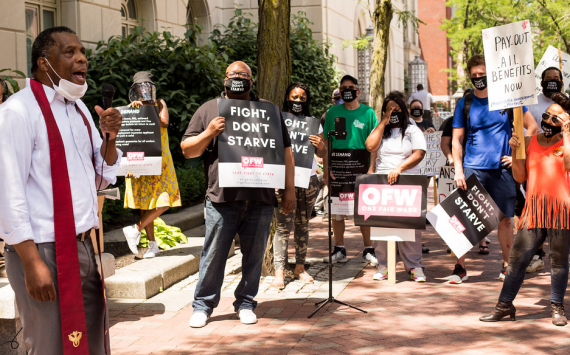
US unemployment
The number of jobless claims in the USA rose to 230,000 last week against a forecast of 200,000, which some analysts attributed to the COVID-19 Omicron outbreak.
The US Department of Labour today published its weekly report on jobless claims. During the week ended January 8, the number of applications amounted to 230 thousand, which was higher than economists' forecast of 200 thousand and higher than the previous 5 weeks.
Analysts link this to a spike in COVID-19 Omicron outbreak, which affected airlines and forced them to postpone opening of schools after the holidays.
The number of hospital admissions with COVID-19 in the US on Wednesday exceeded 145,000, an increase of 82% from a fortnight ago, according to the New York Times. President Joe Biden will send military medics to six states to help hospitals.
Nevertheless, the number of applications of 230,000 is close to the average of 220,000 in 2019, when the US labour market was experiencing a record rise. This indicates that US labour market conditions are fairly good, labour demand is high and the economy continues to grow at a solid pace.
More worrying are the inflation figures for recent months. After Wednesday's release of a new consumer inflation record of 7% in December, producer price growth data was released today.
Producer prices rose 9.7% in December, the biggest increase on record. However, there are some signs that inflation may be slowing, with prices rising just 0.2% in December from the previous month after a revised 1% increase in November. Economists had expected producer inflation to rise by 9.8% year-on-year and 0.4% on the previous month.
However, the stock market reaction to the inflation data was subdued, perhaps Wall Street was prepared for a continued rise in inflation after spikes in October and November.
Ryan Detrick of LPL Financial said: "Stocks have shrugged off the shock of historically high inflation figures, it was widely expected. What we are worried about is that company reporting season is just around the corner. We're expecting another solid corporate America earnings season, it will also be a chance to stop focusing so much on the Fed and politics and instead look under the bonnet and see how the economy is really doing."




